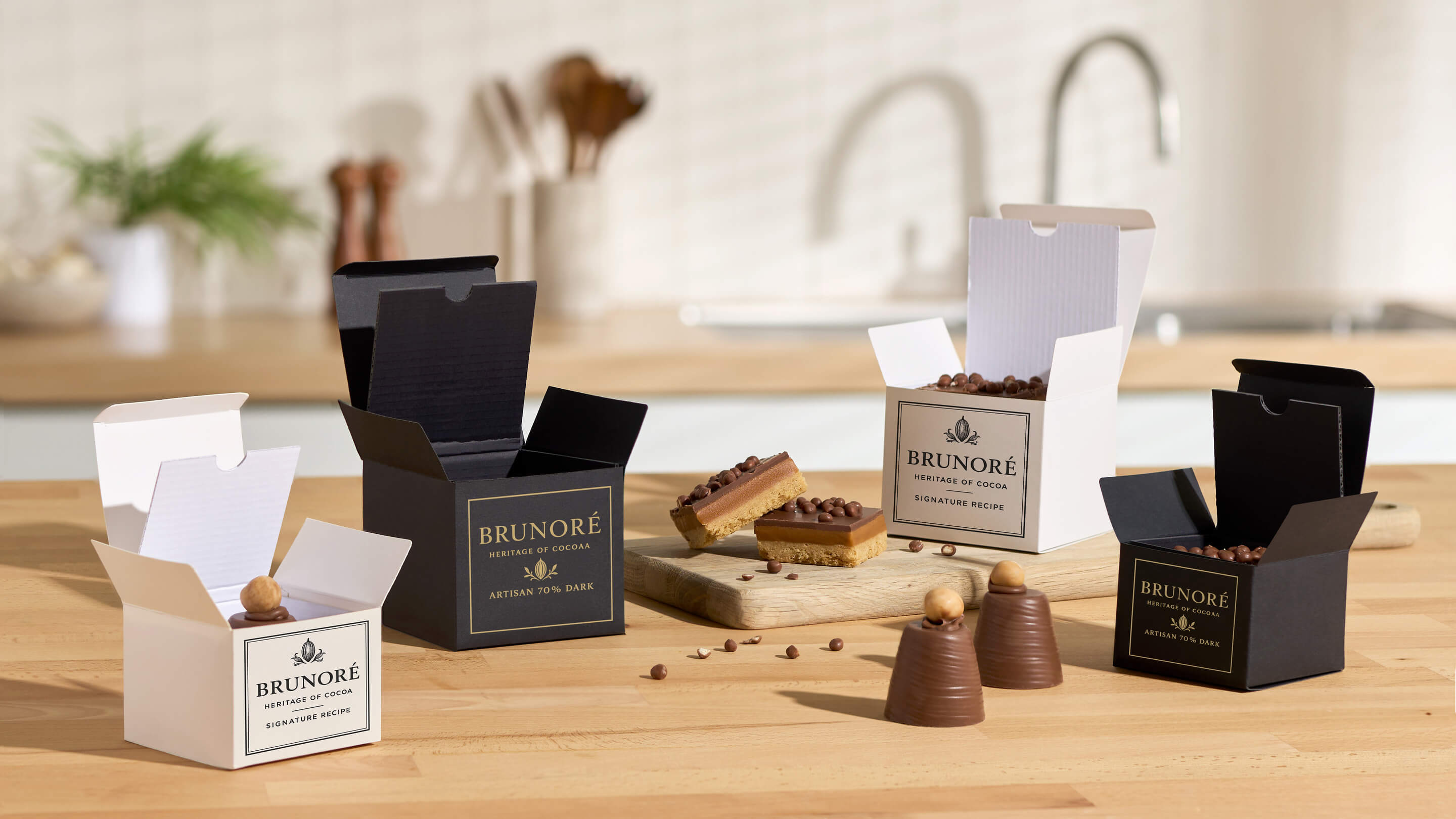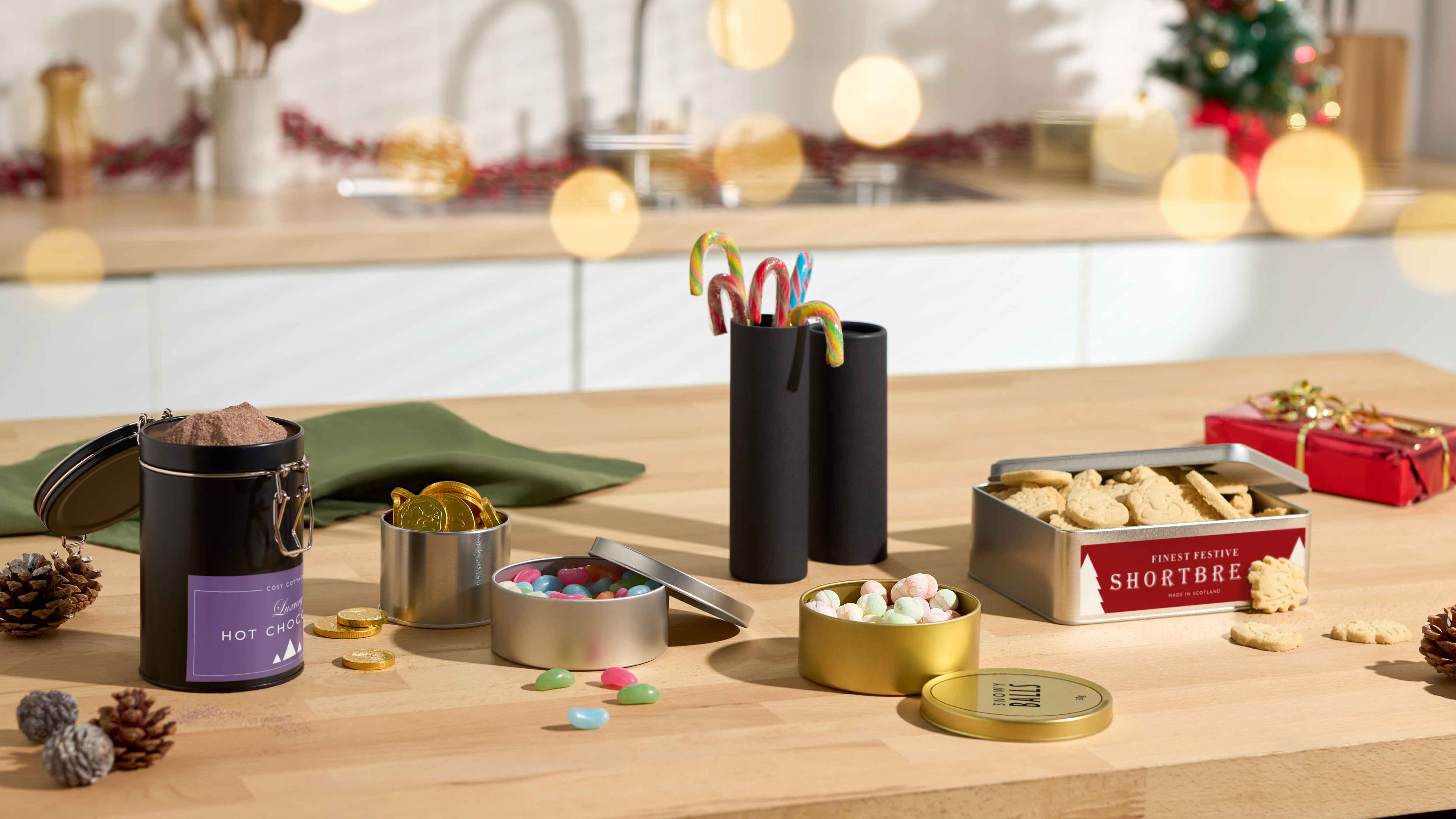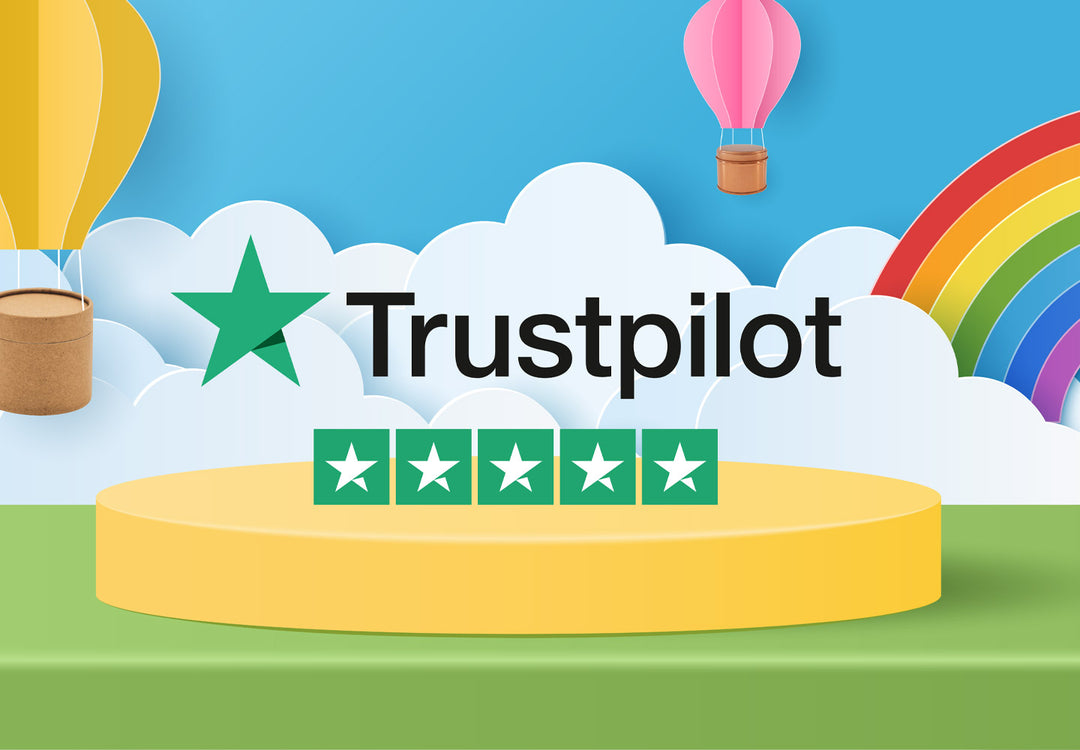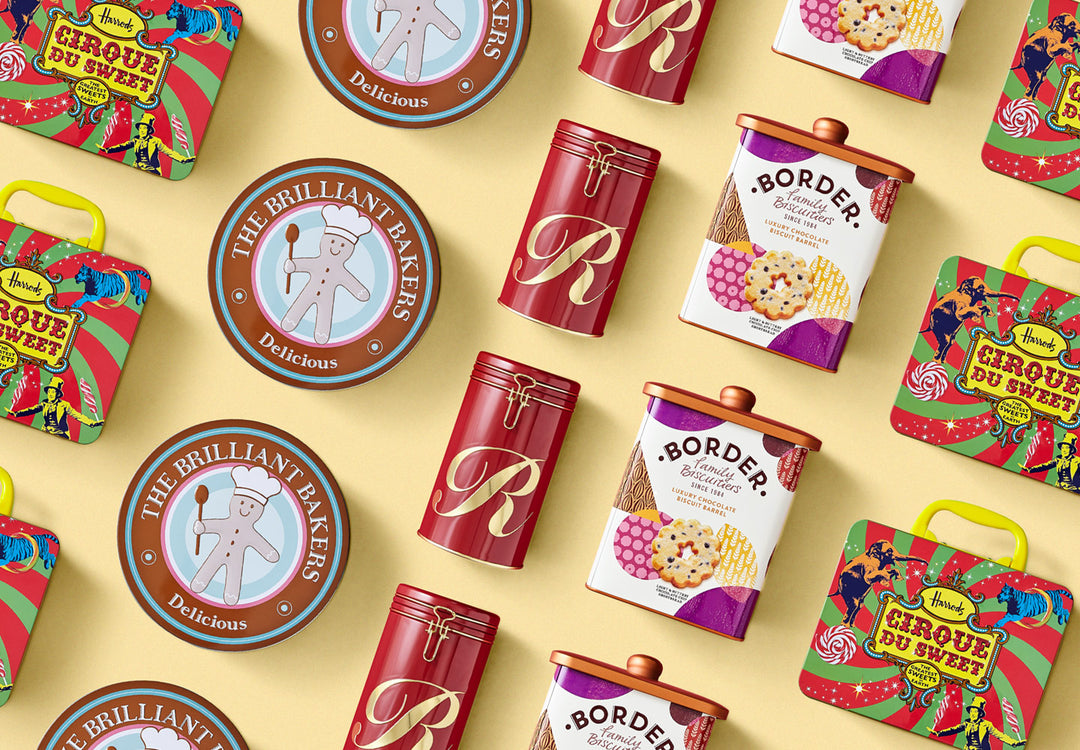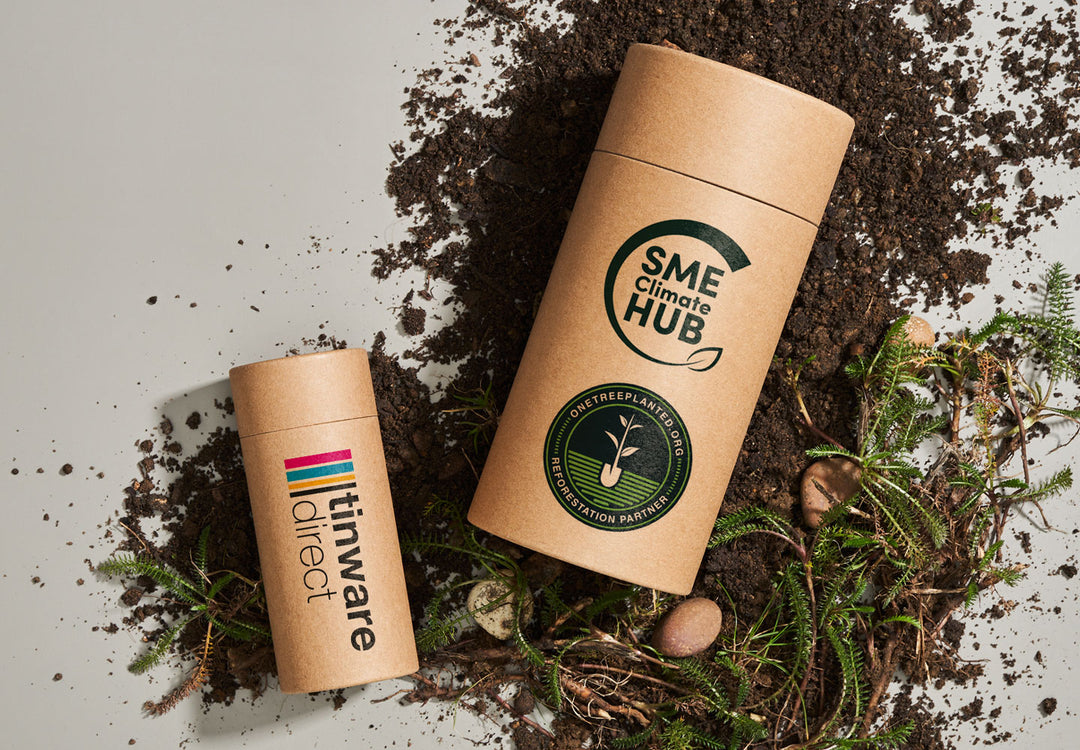Overcoming the Biggest Marketing Hurdles for Small Businesses

Running a small business often means wearing many hats—and marketing can feel like one of the heaviest. Competing with larger brands that have bigger budgets and dedicated teams can be daunting. But with the right approach, you can still make a powerful impact.
Let’s break down the most common marketing challenges small businesses face and explore how thoughtful packaging can amplify your efforts across every channel.
1. Social Media: Standing Out in a Saturated Space
With over 200 million business profiles on Instagram alone, getting noticed on social media is no small feat. From global giants to niche start-ups, everyone is vying for attention.
Start with Your Ideal Customer
One of the biggest mistakes small businesses make is trying to appeal to everyone. Instead, focus on identifying your core audience:
- Analyse your current customer base
- Consider demographics like age, gender, and interests
- Build detailed buyer personas
- Use surveys and analytics tools to refine your insights
Once you know who you're speaking to, develop a consistent brand voice and visual identity across all platforms. This helps create a recognizable and trustworthy presence.
Leverage Trends—But Stay Authentic
Hashtags and trending topics can boost visibility, but they must align with your brand values. For example, if you support a cause like International Women’s Day, make sure your content reflects genuine engagement—not just a marketing ploy.
Play to Your Strengths
As a small business, your ability to offer personalized interactions is a major advantage. Respond to comments, answer questions, and engage in conversations to build community and trust.
Manage Your Time Wisely
Posting consistently is key, but it can be time-consuming. Consider using content scheduling tools or outsourcing to a social media manager. If you’re doing it yourself, batch-create content and automate where possible.
Pro Tip: Eye-catching packaging can double as content. Share photos of your products in beautiful packaging to create a visually appealing feed that draws in new followers.
2. Email Marketing: Making It Matter
Email marketing isn’t dead—it just needs to be done right. The challenge is making your emails feel valuable rather than intrusive.
Build a Segmented List
Start by collecting emails through your website or checkout process. Then, segment your list based on customer behaviour or preferences. This allows you to send more relevant, personalized messages.
Design with Purpose
Use a clean, branded template that’s easy to read. Your emails should reflect your brand’s personality and offer something of value—whether it’s a discount, a tip, or a product update.
Track and Improve
Monitor open rates, click-throughs, and conversions. Use this data to refine your messaging and timing.
Bonus Tip: Include high-quality images of your products in their packaging. A compelling visual can drive more clicks than a paragraph of text.
3. Website Marketing: Creating a Digital Experience
Your website is often the first impression potential customers get. It needs to be fast, secure, and easy to navigate.
Get the Basics Right
Ensure your site loads quickly, is mobile-friendly, and uses HTTPS for security. These foundational elements build trust and improve user experience.
Content Is Still King
Offer helpful, engaging content that speaks directly to your audience’s needs. Enable comments or feedback forms to encourage interaction and gather insights.
Work Within Your Budget
Professional web design can be expensive, but there are ways to cut costs:
- Use high-quality stock images
- Leverage AI tools to generate visuals
- Choose a user-friendly website builder
Make It Visually Appealing
Your product presentation matters. Beautiful packaging can elevate your website’s look and feel, making your products more enticing and increasing the likelihood of a sale.
Final Thoughts: Closing the Gap
While it may seem like larger competitors have all the advantages, small businesses can still thrive with the right strategies. By focusing on personalization, consistency, and visual appeal—especially through standout packaging—you can build a brand that resonates and converts.
